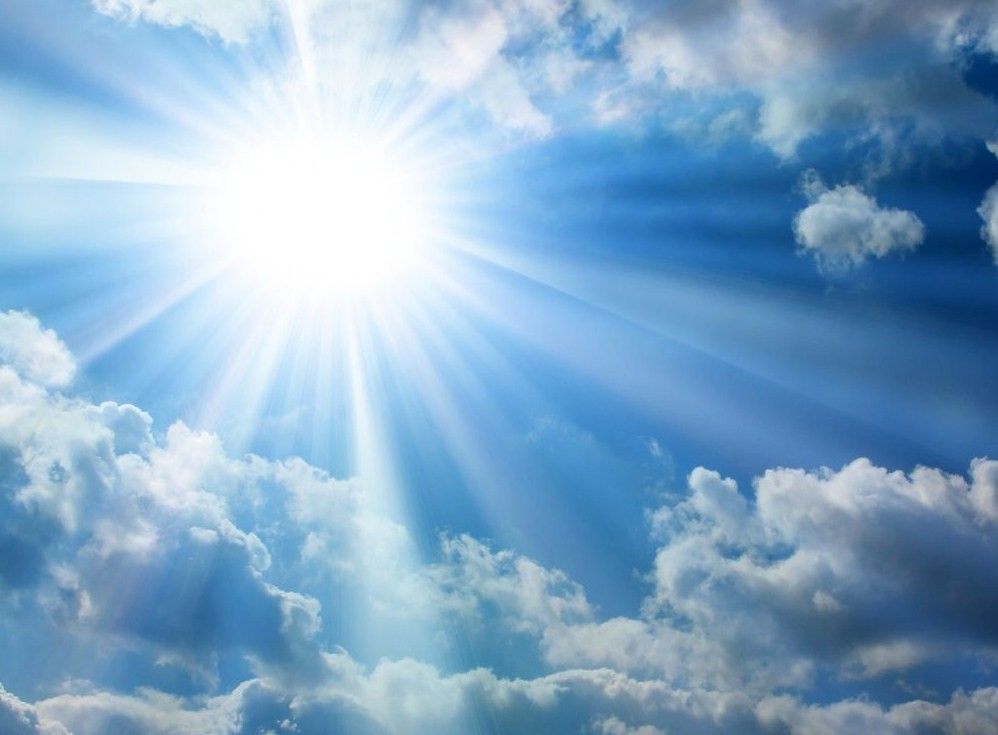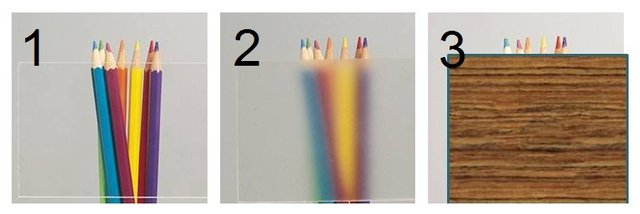Light and light phenomena
The luminous energy manifests itself in nature through a phenomenon known as light. Light comes from bodies capable of emitting them, called light sources. The sun is our greatest source of light. In dark places, we light up with light bulbs, lanterns, candles, matches, fire, etc.
When the light reaches a body or material, it can cross it or np, according to this criterion, the bodies are classified in:

1° Transparent bodies: there are bodies that let light through them. When you look through a transparent body, for example a glass slide, you can see everything on the other side of it.
2° Translucent body: there are bodies that only let pass some of the light that comes to them and do not allow it to be seen clearly through them. These bodies, like certain types of glass and plastics, are called translucent.
3° Opaque bodies: bodies that do not let light pass, nor allow us to see through them, are called opaque, wood and iron are opaque.
.jpg)
Light phenomena
There are a number of phenomena related to light, among them we have:
● Dispersion of light: when the white light passes through a prism, it breaks down into the colors that form it, then it can be seen. This phenomenon is known as light scattering. When the sun rays pass through small drops of rain, they act as small prisms and scatter the light, thus forming a rainbow.
● Absorption of light: materials can absorb the light that reaches them. Depending on the type of light a material can absorb, it will have a certain color. So, if it absorbs all the light it receives, it will be black. On the contrary, a material that does not absorb light, reflecting all, will be white. If an object absorbs some of the components of white light, the color will be the result of the colors of the reflected light, so if it reflects red, it will be red, if blue will reflect blue.
● Reflection of light: it is the change of direction and sense that light rays suffer when they collide with a surface of a medium other than the one that they move. The bodies that do not produce their own light can see them because they reflect the light that comes to them, a mirror is an opaque object that reflects all the light rays that reach it, being seen in addition to that mirror to the bodies reflected in it.
● Refraction of light: when a light ray, for example, that travels through the air passes from this to another medium, such as water, there is a change in its speed and direction. This phenomenon is known as refraction of light. Because of this, when we introduce a pencil in a glass with water, there is an optical illusion that makes the pencil look like a halved party. Also by the same phenomenon, a stone located in the bottom of a swimming pool, is seen as to less depth than it really is. This phenomenon always occurs when a ray of light passes from one medium to another.
Ray of incident light and ray of reflected light
As light propagates in a straight line, it is presented by straight lines, which we call ray of light or ray of light. The ray of light that reaches the body that will reflect it is the incident ray. The ray of light coming out of the body that is reflecting it is reflected ray. The incident ray and the reflected ray are in the same plane and form the same angle with respect to the perpendicular of the plane.

Incident ray of light and refracted ray of light
The ray of light that reaches the body that will refract is the incident ray. The ray of light that spreads in the body that is refracting it is the refracted ray. The incident ray and the refracted ray form different angles with the perpendicular of the plane.

No sabia toda esta información acerca de la luz, muy detallado tu informe @utq1996